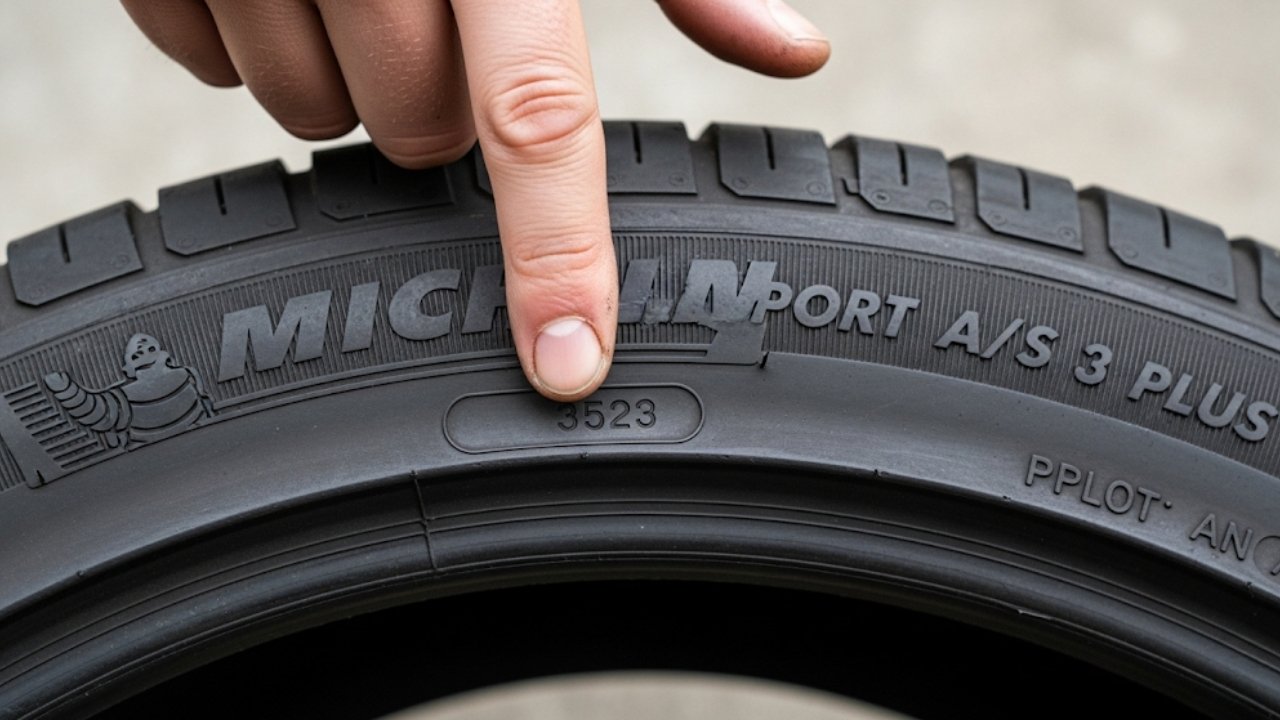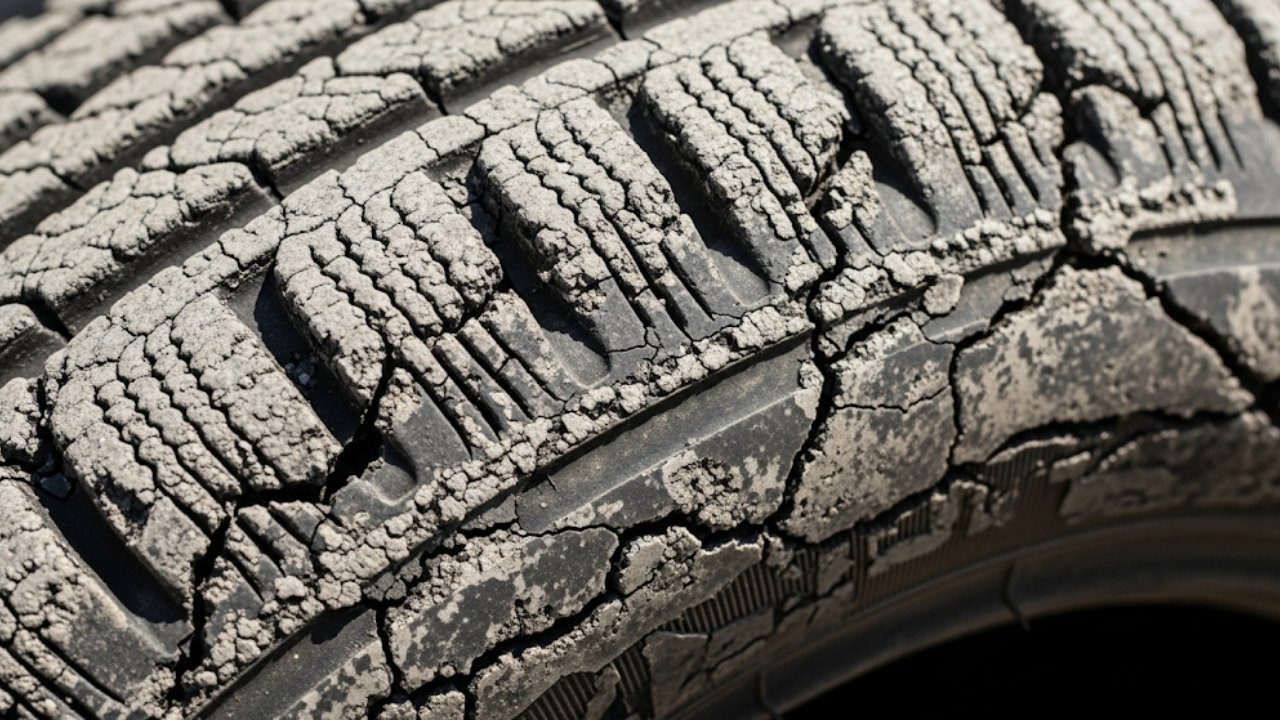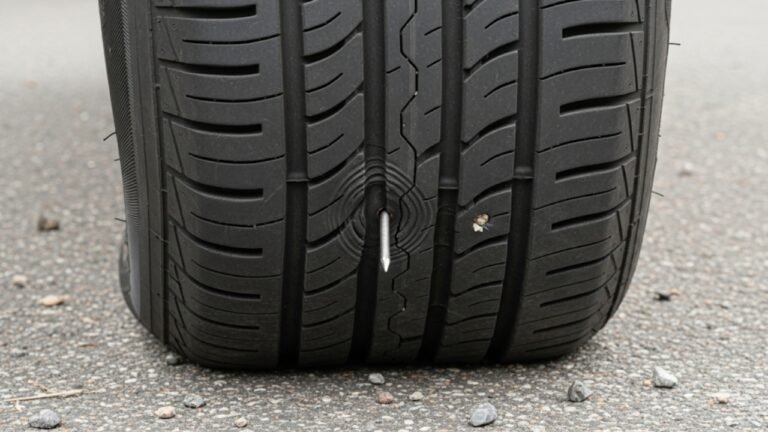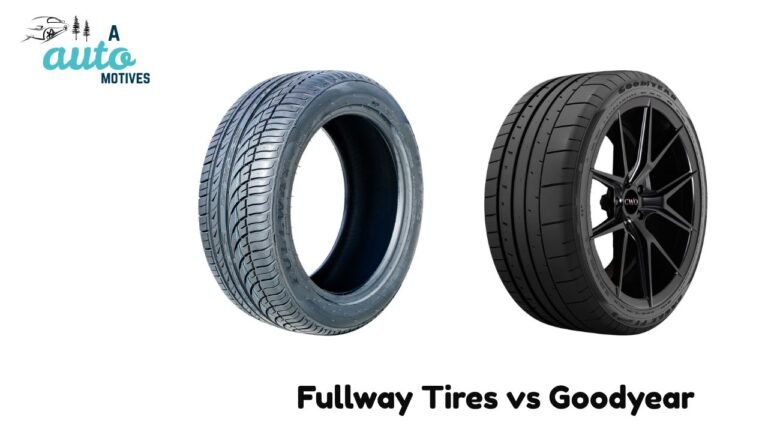How to Tell the Age of a Car Tire: A Friendly Guide

Imagine this: You’re driving down a quiet road. The sun’s out, your playlist is vibing, and everything feels perfect. Then—thud, thud, wobble—your tire blows out. You pull over, heart racing. Later, a mechanic tells you your tires were too old. But they looked fine!
This isn’t just a bad-luck story. It’s a common scenario that starts with not knowing how to tell the age of a car tire. Tires don’t shout their age. They don’t wrinkle like skin or go gray like hair. But just like milk in the fridge, tires have an expiration date—and if you miss it, it could cost you big.
In this guide, we’ll walk you through everything—simple tricks, real signs, and what those cryptic tire codes mean. We’ll even throw in some real talk and personal stories to help it all stick.
Let’s get rolling.
Understanding Why Tire Age Is a Big Deal

Here’s what old tires can lead to:
-
Less grip on wet or icy roads.
-
Higher risk of blowouts at high speeds.
-
Cracking, especially in hot or cold climates.
-
Reduced braking performance.
You wouldn’t wear 10-year-old running shoes on a marathon, right? Same logic applies here.
I once bought a used car that seemed in mint condition. But after six months, I had two tire blowouts. The tires looked great—but they were eight years old. The dealer didn’t mention it, and I didn’t know better. Lesson learned.
Knowing how to tell the age of a car tire could save your wallet, your time, and maybe even your life.
Where to Find the Tire Age: The Sidewall Code
Let’s break it down simply: your tire has a birthdate. It’s hidden in plain sight—on the side of the tire.
Look for the DOT code. It’ll be something like this:
DOT U2LL LMLR 1219
Now, only the last four digits matter for age. In the example above:
-
12 = Week 12 of the year
-
19 = Year 2019
So this tire was made in March 2019. Easy, right?
A quick tip: only one side of the tire shows the full DOT code. Sometimes it’s facing the inside. You might have to crouch, twist your neck, or use a flashlight. Been there, done that.
Here’s a simple table to make it clearer:
| DOT Code Example | Manufacture Date | Tire Age (as of 2025) |
|---|---|---|
| 1220 | March 2020 | 5 years old |
| 4518 | November 2018 | 6.5 years old |
| 0309 | January 2009 | 16+ years old |
Bold reminder: If your tires are over 6 years old, it’s time to inspect them. Over 10 years? Replace them, no questions asked.
Why Rubber Ages Even When Tires Sit Still
Think of a rubber band. Leave it in a drawer for five years and it crumbles when you stretch it. Tires behave the same. They contain oils and chemicals that evaporate over time, making the rubber hard and brittle.
Factors that speed up tire aging:
-
Sunlight (UV exposure): Causes cracking.
-
Heat: Makes rubber degrade faster.
-
Low use or long storage: Tires still age even if never driven.
-
Poor storage: Tires kept in open spaces or near chemicals age faster.
I once helped my cousin buy used tires from someone online. They had full tread and looked clean. But the DOT code? From 2014. A mechanic told us: “They’re dangerous. Rubber’s too old.” We backed out of the deal, thankfully.
Bottom line: it’s not just mileage—time is just as deadly.
Signs That a Tire Is Too Old (Even If It Looks Fine)
Just because your tires aren’t bald doesn’t mean they’re safe. Here are signs your tires may be past their prime:
-
Cracks on sidewalls (tiny splits that look like spiderwebs)
-
Dry rot (rubber looks dry and flaky)
-
Flat spots (from sitting too long in one place)
-
Bulges or bubbles (weak spots inside the tire)
-
Loud noise or vibration at certain speeds
Even if tread depth looks okay, these signs can signal deep problems. Old tires can look brand new and still be unsafe.
So yes, how to tell the age of a car tire isn’t just about the code—it’s about what your eyes and gut are telling you too.
⏱️ How Long Do Tires Really Last?
Let’s talk lifespan. Most manufacturers and safety experts say tires last six to ten years max, even with low mileage.
Here’s a general breakdown:
| Tire Type | Expected Lifespan |
|---|---|
| All-Season Tires | 6–8 years |
| Performance Tires | 4–6 years |
| Winter Tires | 5–6 years |
| Stored Tires | Up to 6 years |
If your car is rarely used or only driven locally, you may assume tires last longer. But age is like rust—it creeps in regardless.
To be safe, always check:
-
The tire age code
-
Tread depth (using a penny or tread gauge)
-
Visual signs of aging
Tip: Set a reminder to check your tire age every year. It takes five minutes, but can prevent disaster.
✅ A Simple Step-by-Step to Check Tire Age (At Home)
No tools? No worries. You can check the tire age with your eyes and a phone light. Here’s how:
-
Look at the sidewall of your tire.
-
Find the DOT code (starts with “DOT”).
-
Look at the last four digits.
-
Decode it: First two = week, last two = year.
-
Do the math: Compare it to the current year.
-
Check all four tires—sometimes one gets replaced earlier.
A friend of mine recently had three 2020 tires and one 2016 tire. The shop had swapped just one during a flat repair. That older one aged faster and wore unevenly. When we found it, it already had cracks.
Buying Used Tires? Check the Age First
Used tires might seem like a great deal—especially if you’re on a tight budget. But here’s the trap: you could be paying for rubber that’s already too old.
When shopping for used tires, don’t just look at:
-
Tread depth
-
Cleanliness
-
Brand
You must check the tire’s age.
Here’s a checklist for buying used tires safely:
-
✅ Locate the DOT code and verify the date.
-
✅ Make sure all four tires are made within the same year.
-
✅ Avoid any tire older than 6 years, even if it looks “like new.”
-
✅ Look for cracks, dry rot, and sidewall damage.
-
✅ Ask the seller about how they stored the tires (indoors is better).
I once saw a set of used tires listed online for a really low price. The photos were shiny, with deep tread. But when I checked the DOT code in person—bam! They were from 2012. The seller was shocked when I told him. He didn’t even know!
Lesson: how to tell the age of a car tire should always be part of your pre-buy inspection routine.
Tire Aging and Safety: Don’t Take the Risk Lightly
Some folks think: “Eh, if the tire isn’t flat, it’s fine.” But would you eat expired meat just because it looks okay? Probably not.
Tire aging is invisible danger. You don’t feel it—until it’s too late. And the older a tire is, the more likely it can:
-
Blow out on highways.
-
Lose grip in rain or snow.
-
Fail during emergency braking.
-
Develop sidewall bubbles or tread separation.
In hot climates, old tires age even faster. Sunlight + heat = faster oxidation of the rubber. That’s a recipe for disaster.
Most tire-related crashes aren’t caused by nails or glass. They’re due to tire failure from aging—something 100% preventable.
So, if you’re unsure about your tire’s age, take 3 minutes and check the code. Peace of mind comes cheap.
❌ Common Myths About Tire Age (Don’t Fall for These!)
When it comes to tires, misinformation spreads like wildfire. Let’s bust some of the most common myths:
❌ Myth 1: “If it has tread, it’s good.”
Not true. Tread shows wear, but not age. A tire can have deep tread and still be unsafe if it’s 10+ years old.
❌ Myth 2: “I rarely drive, so my tires last forever.”
Even if your car stays parked, rubber breaks down over time. Sunlight, moisture, and temperature shifts can all cause aging.
❌ Myth 3: “Tires don’t expire.”
They absolutely do. Manufacturers like Michelin, Bridgestone, and Goodyear recommend replacing tires after 6–10 years, regardless of usage.
❌ Myth 4: “The tire shop checks that for me.”
Sometimes yes, sometimes no. Don’t assume. Be your own advocate. Check those DOT codes yourself.
❓ FAQs: How to Tell the Age of a Car Tire
Here are the most frequently asked questions to help you stay safe and informed:
1. How do I find the age of my tire?
Look for the DOT code on the tire sidewall. The last four digits tell you the week and year of manufacture.
2. What’s the maximum safe age for a tire?
Most experts agree that 6 years is the limit for safety, and 10 years is the absolute max—regardless of tread.
3. Can I use a tire if it looks brand new but is 8 years old?
No. Rubber hardens and loses elasticity over time. A blowout risk increases dramatically after 6 years.
4. Is tire age printed on receipts or service reports?
Usually not. Mechanics may record tire installation dates, but you must check the tire itself.
5. Do spare tires and donuts expire too?
Yes! Even if never used, spare tires can become brittle and unsafe after years in the trunk.
6. How often should I check tire age?
Do it once a year—or whenever you buy a car, change tires, or consider a long trip.
7. Can I tell a tire’s age from the brand name or model?
No. Tire model years vary. Only the DOT code reveals the actual manufacturing date.
8. Does tire age affect car resale value?
Yes. Cars with older tires may seem well-kept but raise red flags during inspections.
Final Thoughts: What I Learned from an Expired Tire
I’ll never forget the morning I had a tire burst on the highway. No pothole, no warning. Just a pop and a sudden swerve. It was terrifying.
When the tow truck came, the driver looked at the tire and said, “Looks like this one aged out.” I checked the DOT code: 4813. That meant week 48 of 2013. It was over 9 years old at the time.
I’d never once thought about how to tell the age of a car tire until that moment. Since then, it’s been part of my annual car check routine. Quick. Easy. Potentially life-saving.
If you’re reading this, take a moment. Walk outside. Crouch next to your car. Find that DOT code. If your tires are older than 6 years, consider replacing them—even if they still look fine.
Because tires aren’t just round pieces of rubber. They’re your grip, your control, your safety net. And they deserve your attention.





